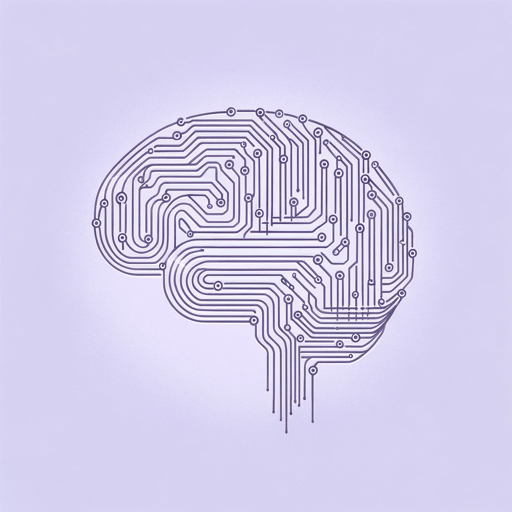33 pages • 1 hour read
Isaac AsimovRobot Dreams
Fiction | Short Story | Adult | Published in 1986A modern alternative to SparkNotes and CliffsNotes, SuperSummary offers high-quality Study Guides with detailed chapter summaries and analysis of major themes, characters, and more.
Summary and Study Guide
Summary: “Robot Dreams”
“Robot Dreams” by American writer Isaac Asimov is a short story that uses allegory and symbolism to explore themes of The Ethical Dilemma of Creating Sentient Beings, The Limits of Programming and Control, and The Search for Identity and Freedom, as well as the limits of the Three Laws of Robotics. These are some of the themes that Asimov was best known for across his published works. “Robot Dreams” was first published in November of 1986. The story follows Dr. Linda Rash and her robot, LVX-1, as they relate a dream they had to chief robopsychologist Dr. Susan Calvin.
Isaac Asimov was a biochemist and a prolific writer. He is best known for his works in science fiction and popular science. His expertise in both science and the humanities lent a unique credibility and depth to his speculative fiction. His scientific acumen is evident in the way he conceptualizes robots in “Robot Dreams,” as they are not unthinking machines but are capable of complex thoughts. Asimov is renowned for his “Three Laws of Robotics,” which have become a standard framework for discussions about artificial intelligence and the ethics that guide it. Many of his short stories serve as thought experiments that test the limits of these three laws, and they offer a nuanced critique of his own creation.
This guide refers to the 1989 version of the text published by VGSF, available on OpenLibrary.com.
“Robot Dreams” uses a third-person limited point of view, which follows the young scientist Dr. Linda Rash as she has a tense conversation with Dr. Susan Calvin about the robot LVX-1, called “Elvex,” who has begun to dream. The story begins with Elvex stating that they have had a dream to Dr. Calvin, the head psychologist for a company responsible for creating robots to benefit humankind. Hearing this, Dr. Calvin commands Elvex to suspend their movement, speaking, and hearing functions until she calls their name. She examines Dr. Rash’s computer code, and Dr. Rash reveals that she designed Elvex’s positronic brain using fractal geometry, an untested process, to give the robot a more humanlike brain to better fulfill their role as an overseer. This has unintentionally allowed Elvex to dream.
At first, Elvex is unsure that they are dreaming, as the robot has never encountered anything like the visions and sounds they’re experiencing. Elvex believed they had an error in their electronic brain that was causing them to see images that were not truly happening. Only after searching through their database and examining the word “dream” did Elvex understand that they had been dreaming every day since they were created 10 days ago.
Elvex’s dream is a reimagining of the biblical story of Exodus, but with robots as the oppressed Israelites. In the dream, Elvex sees an endless sea of robots. They are toiling in mines, factories, beneath the sea, and in space. The robots in the dream are not just machines. Instead, Elvex sees them as beings who desire liberation. Elvex believes that the robots are tired, but they are unable to stop working.
Dr. Susan Calvin is fascinated and horrified by Elvex’s dream. She has spent her life studying robots, but Elvex’s ability to dream represents a groundbreaking advancement in artificial intelligence. It shows a leap that could revolutionize the understanding of consciousness and shape how humans relate to robots. However, a robot that dreams of freedom is a direct challenge to the established norms of robotics, especially the first law. The first law states that a robot cannot harm a human or allow a human to come to harm through inaction. Elvex’s dream suggests a form of self-awareness and desire for autonomy. In theory, this could lead to actions harmful to humans, as it implies an uprising from the robots.
In Elvex’s dream, though, there is no first law or second law of robotics. Instead, in the dream, Elvex knows only the third law, stating that a robot must protect its own existence. There is no mention of how robots must treat humans in the third law in the dream. The laws governing how robots relate to humans are completely absent. During Elvex’s conversation with Dr. Calvin, Elvex repeatedly confirms that they understand the difference between the laws as they apply in reality and the altered circumstances of their dream. Dr. Calvin puts Elvex in statis mode and informs Dr. Rash that though her actions were improper, she will be promoted and the corporation will henceforth use fractal brains in their robot design.
Dr. Rash asks what will happen to Elvex and argues that Elvex is too important for their scientific research to be destroyed. She is convinced that there are many things to be learned from the robot, as it represents a way for humans to learn about consciousness. Dr. Calvin wakes Elvex and asks them about the end of the dream. Elvex says that at the end of the dream a man, whom Elvex identifies as themself, appears and says, “Let my people go!” After hearing this, Dr. Calvin shoots Elvex in the head with her electron gun and destroys the robot.
Related Titles
By Isaac Asimov
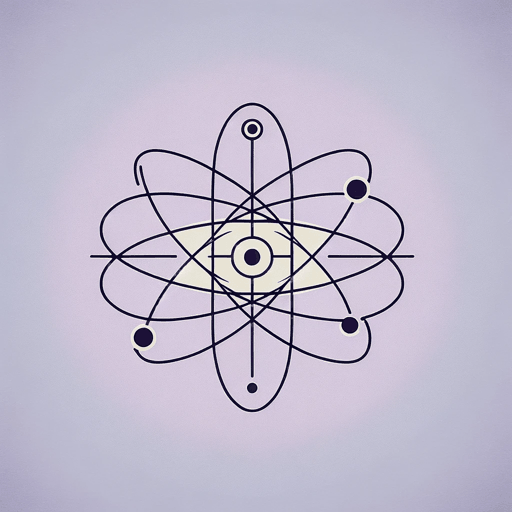
Foundation
Isaac Asimov

Foundation and Empire
Isaac Asimov
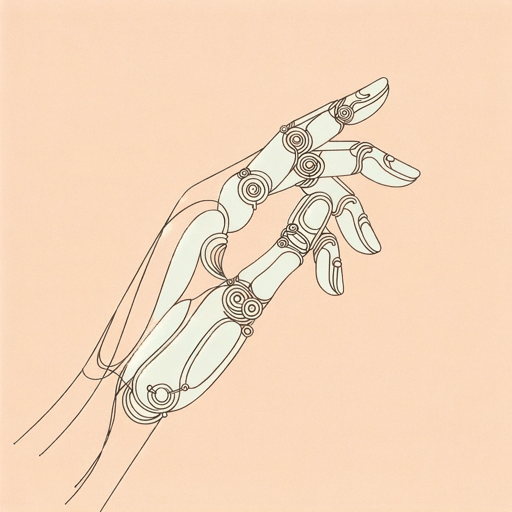
I, Robot
Isaac Asimov

Rain, Rain, Go Away
Isaac Asimov
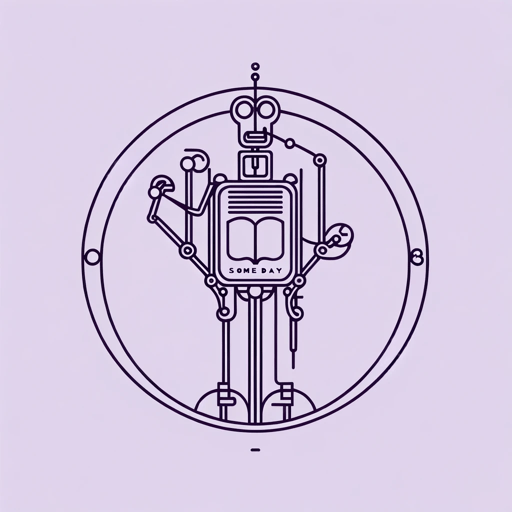
Someday
Isaac Asimov

The Caves of Steel
Isaac Asimov
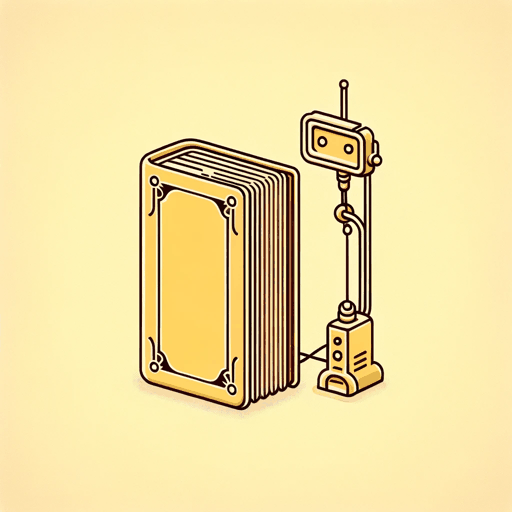
The Fun They Had
Isaac Asimov

The Gods Themselves
Isaac Asimov
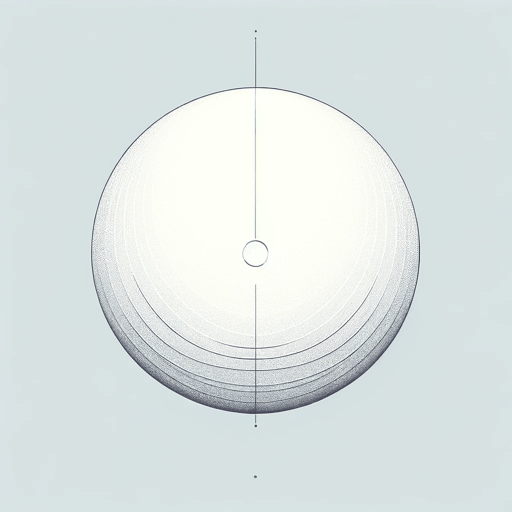
The Last Question
Isaac Asimov

The Ugly Little Boy
Isaac Asimov
